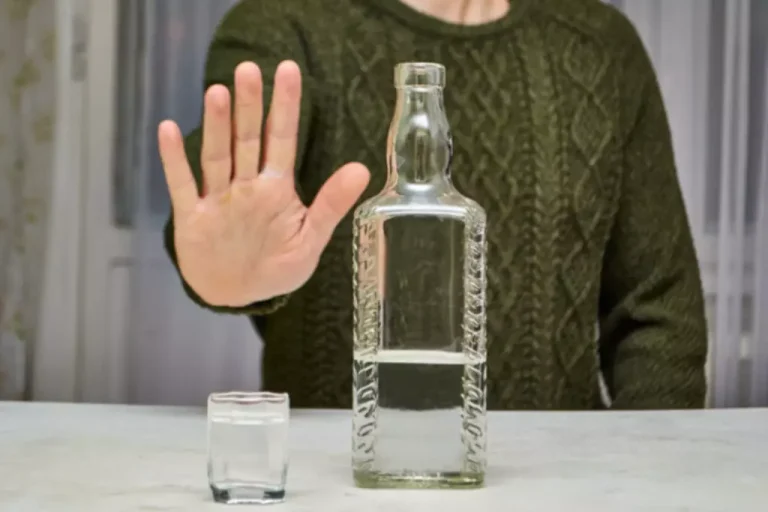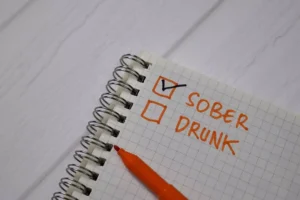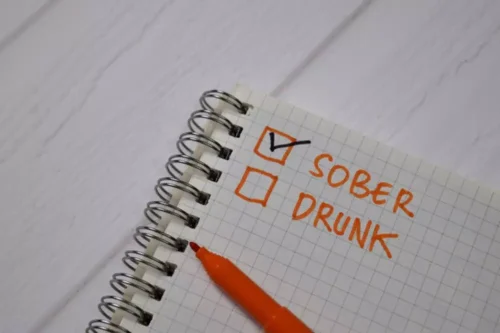
Although sober living homes and halfway houses have some similarities, they have many differences. In both cases, the halfway house provides a structure for its residents. Halfway House staff helps recovering addicts and former inmates reintegrate into society while living in a controlled environment. The government funds halfway houses and offers less privacy but more structure what is a halfway house than alternative sober living communities. Cases of COVID-19 are uniquely dangerous in halfway houses due to the work release component of many facilities. Now, during the COVID-19 pandemic, it is even more important that the public focus on the jail-like conditions of halfway houses which put vulnerable populations at risk.
Sober Living

Some halfway house residents might be there because the court has required it as part of a sentence. Halfway houses designated for convicted criminals are sometimes called Community Corrections Centers or Community Correctional Centers. Rehab programs are also available at different levels, from inpatient treatment to a few outpatient recovery programs. At Footprints to Recovery, over 70% of our patients choose to stay in sober living while receiving treatment or after completing treatment with us. Most of them view their homes as a necessary component of a successful recovery. Specific nuances of each rule depend on the sober living home or manager.
Every year, tens of thousands spend time in halfway houses

Additionally, insurance coverage and other financial support are sometimes available to help with the cost. Paul needed a structured and supportive social life, he needed to be with others in recovery. If you or a loved one are struggling with addiction or mental health disorders, call and speak with a member of our team today.

How Much Does it Cost to Stay in a Halfway House?
- At Ocean Recovery, we ensure that those in our programs have access to follow-up services or aftercare to help maintain sobriety and stay strong in recovery once they leave sober living homes.
- Rehab programs are also available at different levels, from inpatient treatment to a few outpatient recovery programs.
- Improper management and inadequate oversight of halfway houses also enables inequities in the reentry process.
While in theory, they are the same, a sober living home is usually a private facility that can be fancier than a halfway house. Whether or not someone can bring their own medications into a sober living home depends on the facility’s policy. Some facilities permit residents to bring outside medications but have restrictions on the amount and type of medication. Other facilities have restrictions in place that require medications administered by staff members. Licensing requirements for a halfway house may include safety regulations, staffing requirements, and standards for care and treatment. If you’ve got a loved one in a halfway house, visiting them can be comforting and supportive.
- During your initial consultation with Oceans Recovery, we will do our best to place you in a facility that meets your insurance requirements.
- Sober living houses, or recovery homes, are somewhat different from halfway houses.
- There may also be larger rooms housing multiple residents in bunk beds.
- Most halfway houses do not provide medical care, but many provide drug abuse programming.
Who Can Live There?

Because of this, halfway houses can be used by the homeless or people coming out of incarceration. Living in a halfway house has many benefits for people who have just finished addiction treatment or currently undergoing treatment. The housing programs help participants learn life skills, develop vocational skills and find employment. They can also provide referrals to general health services and mental health providers. Nonprofit institutions, such as Oxford House, split rent and utility bills equally among residents.

With this report, the federal government has been working on improving its oversight mechanisms and comprehensive adjustments to keep residents safe. Courts refers to halfway houses as Residential Reentry Centers (RRC), which are managed by the Federal Bureau of Prisons. Residential Reentry Centers provide individuals with home confinement and the necessary resources to improve their lives and reconnect with their communities. Federal halfway houses are designed to help low-risk and high-risk criminals nearing the end of their prison sentences readjust to society.
Sober Living Homes
- Halfway homes are managed by licensed drug counselors, therapists, and similar healthcare personnel.
- Staff may include professionals trained in addiction counseling or security personnel that ensures residents are complying with the rules and regulations of the home.
- Selecting the right option for yourself or a loved one will come down to the specific treatment options you may need and the stage of addiction recovery.
- It is important to note that recording or sharing the video is restricted in order to maintain confidentiality and security.
Depending on the halfway house, a facility’s personnel may consist of house managers, licensed medical and mental health specialists, or peer support. The qualifications to live in a halfway house vary depending on the facility. However, they are generally open to people who have completed an inpatient or outpatient addiction treatment program. Halfway houses are safe living environments that help people re-enter society and avoid relapse into substance abuse, crime or homelessness. They set residents up for success by teaching them life skills and allowing them to practice those skills while living in a structured environment.
